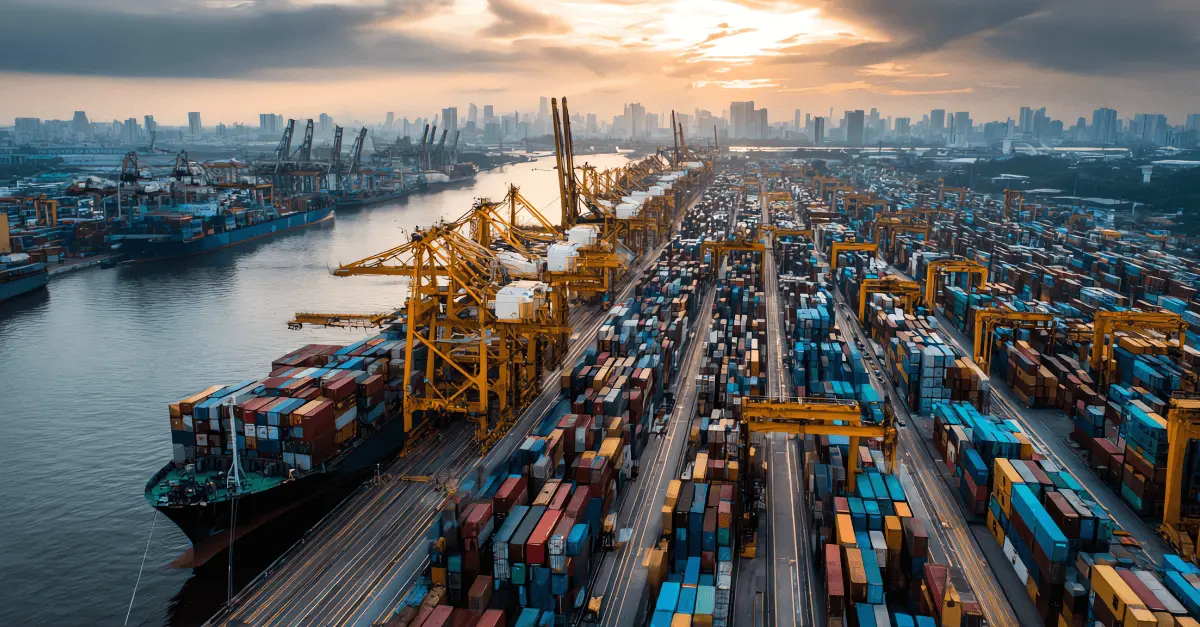Synopsis of Changes to REACH and RoHS Regulations
The European Union has announced changes to REACH and RoHS regulations
.jpeg)
REACH (Registration, Evaluation, Authorization, and restriction of Chemicals) and RoHS (Restriction of Hazardous Substances) which originated in the European Union, regulate, and restrict the use of specific hazardous chemicals and substances in manufactured products and imports have announced changes.
%202.png)
REACH regulations place responsibility on the industry to provide safety information and to manage risks from chemicals substances. Thousands of chemicals used in electronic components and electronic manufactured products are affected by REACH guidelines.
Manufacturers and importers are required to gather information on the properties of the chemical substances within their products and to register the information in a central database in the European Chemicals Agency (ECHA) in Helsinki. https://echa.europa.eu
ECHA is the central point in the REACH system as they manage the evaluation and public databases in which consumers and professionals can find hazard information.
The EU Commission has begun work on a revision of the REACH regulations as announced in the Chemicals Strategy for Sustainability. The revision is led jointly by DG Environment and DG GROW and follows the Commission’s Better Regulation provisions. It will include a thorough assessment of possible impacts of potential changes to REACH on:
- the protection of human health and the environment
- the use of animal testing
- the functioning of the internal market
- and the competitiveness and innovation of European industry and businesses
The European Commission says: “The Chemicals Strategy for Sustainability recognizes the need for a targeted revision of REACH to achieve its objectives by addressing a number of problems that have been identified.” They include:
- Revision of the registration requirements
- Communication challenges in the supply chain
- Revision of the provisions for substance evaluation
- Reforming the authorization process; this presumably includes the candidate list of substances of very high concern, or SVHCs, as that is the list of substances informing the authorization process)
The impact assessment has been completed and they will be presenting a proposal for the revision by the end of 2022.
RoHS stands for Restriction of Hazardous Substances; these are substances which have been identified to be hazardous to human health and the environment as such been restricted from use within the electronics industry.
The original RoHS, also known as Directive 2002/95/EC, originated in the European Union in 2002 and restricts the use of six hazardous materials found in electrical and electronic products.
Directive 2011/65/EU was published in 2011 by the EU, which is known as RoHS-Recast or RoHS 2. RoHS 2 included a CE-marking directive and aadditional compliance recordkeeping requirements.
Directive 2015/863 is known as RoHS 3 added four additional restricted substances (phthalates) to the list of six effective in July of 2019.
Any business that sells electrical or electronic products, equipment, sub-assemblies, cables, components, or spare parts directly to RoHS-directed countries, or sells to resellers, distributors, or integrators that in turn sell products to these countries, is impacted if they utilize any of the restricted 10 substances.
Substance restricted by EU RoHS are as follows:
- Cadmium (0.01 %)
- Lead (0.1 %)
- Mercury (0.1 %)
- Hexavalent chromium (0.1 %)
- Polybrominated biphenyls (PBB) (0.1 %)
- Polybrominated diphenyl ethers (PBDE) (0.1 %)
- Bis(2-ethylhexyl) phthalate (DEHP) (0.1 %)
- Butyl benzyl phthalate (BBP) (0.1 %)
- Dibutyl phthalate (DBP) (0.1 %)
- Diisobutyl phthalate (DIBP) (0.1 %)
In February the European Commission triggered a review process of RoHS the public hearings and impact assessment were closed last month with the findings to be disclosed later in the year.
In summary the EU is going to make a series of changes to its environmental regulatory requirements which impact the semiconductor and electronic manufacturing industry. It is essential for businesses to understand the regulations and to implement strategies to stay compliant.
To learn more join Z2Data and compliance consultant Mike Kirschner, President of Design Chain Associates, to gain extensive knowledge about the upcoming changes in electronics compliance regulations such as RoHS, REACH, EcoDesign, WEEE, Batteries, and Packaging.Additionally, learn how the Circular Economy Action Plan and Sustainable Products Initiative set the stage and what we know - and can expect - from the EC as it revises these Regulations and Directives.
Register here!
The Z2Data Solution
Z2Data is a leading supply chain risk management platform that helps organizations identify supply chain risks, build operational resilience, and preserve product continuity.
Powered by a proprietary database of 1B+ components, 1M+ suppliers, and 200K manufacturing sites worldwide, Z2Data delivers real-time, multi-tier visibility into obsolescence/EOL, ESG & trade compliance, geopolitics, and supplier health. It does this by combining human expertise with AI and machine learning capabilities to provide trusted insights teams can act on to tackle threats at every stage of the product lifecycle.
With Z2Data, organizations gain the knowledge they need to act decisively and navigate supply chain challenges with confidence.


.svg)






